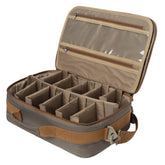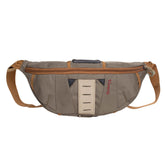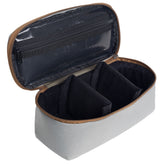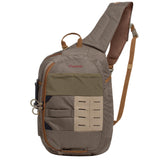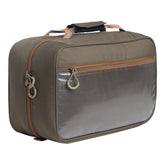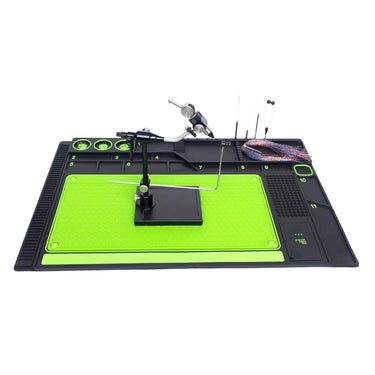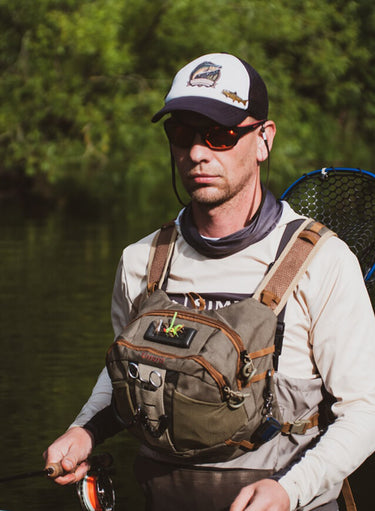Fly Line: Understanding Switch Lines, Spey Lines, and Their Benefits
Understanding the differences between switch lines and Spey lines is essential for any angler looking to optimize their fly fishing experience. Switch lines offer versatility for both single-handed and two-handed casting, making them an excellent choice for various fishing situations. In this blog post, I will explore the key distinctions between these line types, along with the benefits of using a switch fly line.

Beginners will especially benefit from knowing what makes a great switch fly line. I’ll highlight the top options available, focusing on features that cater to those new to the sport. Additionally, I’ll discuss the advantages of floating versus sinking switch fly lines, ensuring you have the knowledge to make informed choices based on your fishing needs and conditions.
Understanding Fly Lines
Fly lines are crucial components of fly fishing, impacting casting distance and accuracy. Two popular types are switch lines and Spey lines, each designed for specific fishing techniques and conditions. Understanding their differences helps in choosing the right line for my needs.
Switch Lines Vs Spey Lines – Key Differences
Switch lines are designed for versatility, allowing use with both single-handed and two-handed rods. They feature a shorter head, making them ideal for close casting and quick turnover when fishing in smaller rivers or streams.
In contrast, Spey lines have longer heads that facilitate smooth casting of heavier flies over greater distances. They are optimized for two-handed rods and are excellent for larger waterways and specific Spey casting techniques.
Both line types offer unique benefits depending on my fishing style, target species, and casting conditions. Understanding these differences enhances my effectiveness on the water.
Selecting the Right Switch Fly Line
Choosing the appropriate switch fly line is crucial for successful casting and effective fishing. Factors like the type of fish, casting distance, and water conditions greatly influence this decision.
Benefits of Using a Switch Fly Line
A switch fly line offers versatility for both single-handed and two-handed casting techniques. This dual functionality allows me to switch methods based on the fishing scenario, which is particularly useful when targeting species like trout or steelhead.
The design of switch lines typically promotes longer cast distances, helping me cover more water efficiently. Additionally, these lines often excel in various conditions, including rivers and streams, making them suitable for many fishing environments.
Best Switch Fly Lines for Beginners
For beginners, I recommend lines that prioritize ease of use and versatility. Some excellent options include:
- Rio Switch Clear: Designed for clarity in water, it helps in detecting subtle strikes.
- Airflo Spey Lite: Focus on a lighter setup for easier casting and handling.
- Scientific Anglers Frequency Switch: An affordable yet effective choice that performs well for various skill levels.
These lines simplify the learning process, allowing me to enjoy the fishing experience while honing my skills.
Floating Vs Sinking Switch Fly Lines
Choosing between floating and sinking switch fly lines can determine the success of my fishing trips.
-
Floating Lines: Ideal for surface presentations and targeting fish like trout, these lines allow for easy control and extended presentations.
-
Sinking Lines: Best for reaching deeper waters, especially when targeting species such as Atlantic salmon. These lines enable me to present my fly at the desired depth, improving catch rates.
Both options have distinct advantages, and I select based on water depth and the fish species I aim to catch.
Advanced Switch Line Techniques
In this section, I will explore advanced techniques for maximizing the effectiveness of switch lines. Understanding how to improve your casting techniques and utilize specific methods can significantly enhance your performance on the water.
Improving Spey Casting with D-Loop
The D-Loop is crucial for generating power and efficiency in Spey casting. To create an effective D-Loop, I focus on keeping the line clear of obstacles and ensuring a smooth, fluid motion.
I start by positioning myself correctly relative to the target. As I lift the line, I create a backward C shape with my rod, ensuring the line forms a D shape. This setup allows me to load the rod effectively for the forward cast.
During the forward motion, I engage the rod with a firm but controlled flick at the end of the cast. This helps to transfer energy through the line, allowing me to shoot my Skagit lines or switch lines more effectively. When fishing for salmon, this technique proves invaluable for long-distance casts with a sinking tip, such as T-11 or T-14.
Executing the Perry Poke
The Perry Poke is an advanced casting method that can be particularly useful when fishing tight quarters. I find this technique helps me deliver the line accurately without requiring much backcasting space.
To execute the Perry Poke, I first position my rod as if I’m preparing for a standard cast. I then lift the line slightly before moving the rod tip downward, creating tension against the water.
This downward motion separates the line from the surface, allowing me to create a loop without worrying about trees or other obstructions. As I make the forward cast, I focus on maintaining a crisp, clean exit to send the line quickly to the target. This method allows me to fish effectively in situations where others might struggle, particularly in confined environments that limit casting options.



